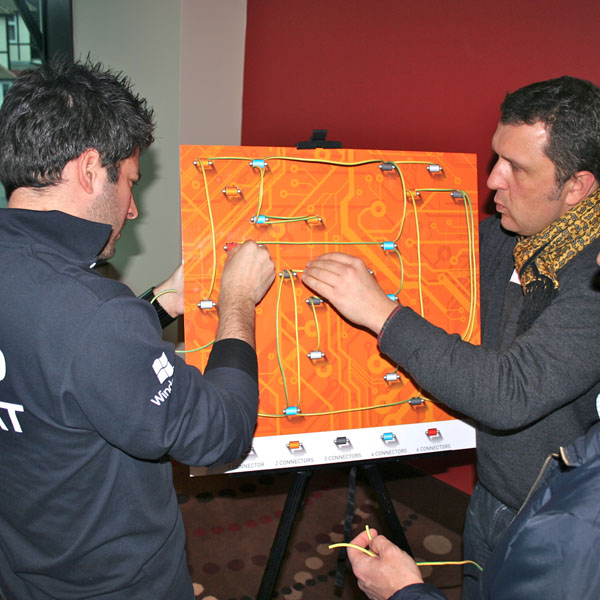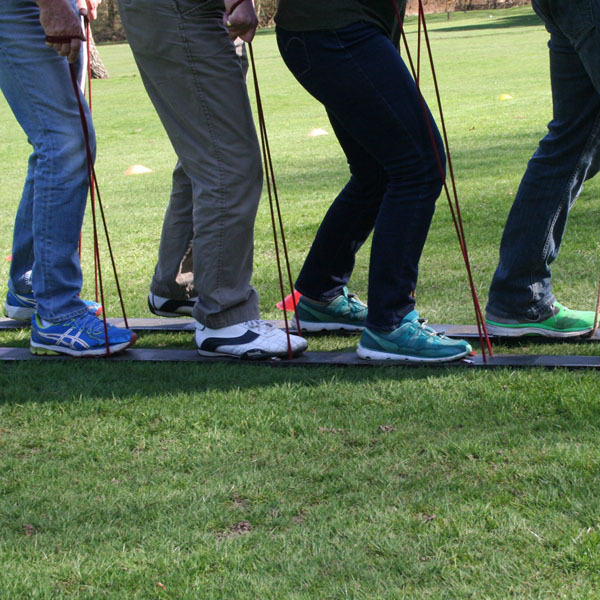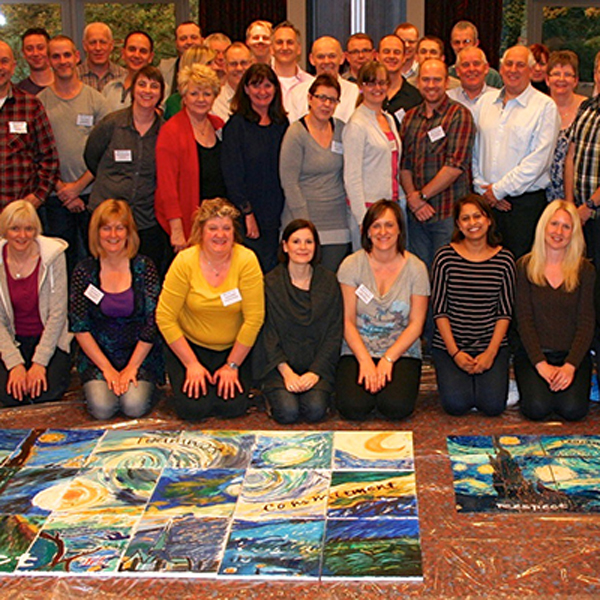Team Theory Workshops / SDI
Strength Deployment Inventory (SDI)®
Strength Deployment Inventory (SDI)®
What is the aim of SDI®
The main aim of SDI® is to provide a proven, memorable tool for improving communication and reducing the costs of conflict. It is a learning model for effectively and accurately understanding the motive behind behaviour. When people discover the unique motivation of themselves and others, they greatly enhance their ability to communicate more effectively and handle personal and interpersonal conflict more productively.
A basic premise - Every person is like all other people
What helps a person feel good about themselves differs. Each of the four primary interpersonal orientations find expression in a valued relating style, a way of behaving that allows that individual to feel good about themselves as a person.

Altruistic-Nurturing (Blue) Motivation:
It is inferred that their self-worth comes from being nurturant of others without direct rewards in return. Behaviour patterns: Trusting, optimistic, loyal, idealistic, helpful, modest, devoted, caring, supportive, accepting. Places the enhancement of the welfare of others at the top of their priorities.
Assertive-Directing (Red) Motivation:
It is inferred that their self-worth comes from task accomplishment and the organisation of resources to that end. Behaviour patterns: Self-confident, enterprising, ambitious, organizing, persuasive, forceful, quick-to-act, imaginative, challenging, proud, bold, risk-taking. Places the achievement of goals through influencing the activities of others at the top of their priorities.
Analytical-Autonomizing (Green) Motivation:
It is inferred that their self-worth comes from the achievement of meaningful order. Behaviour patterns: Cautious, practical, economical, reserved, methodical, analytical, principled, orderly, fair, persevering, conserving, thorough. Places the achievements of self-reliance, self-sufficiency and self dependence when relating with others at the top or their priorities.
Flexible-Cohering (Hub) Motivation:
It is inferred that their self-worth comes from the deployment of Blue, Red or Green behaviours as the situation requires. Behaviour patterns: Tolerant, flexible, social, adaptable, curious, open to change, negotiation, compromise. This individual values flexibility and variety and often places being a good team member or team leader at the top of their priorities.
However, people may act out of a combination of motivations, hence three further combinations.
Assertive-Nurturing (Red-Blue). Motivation:
These people are motivated by a desire to be both helpful and enterprising. These are often people who are quite assertive about bringing to others what they need.
Judicious-Competing (Green-Red). Motivation:
These individuals are motivated by a desire to be both enterprising and cautious. These people frequently use carefully thought-out strategies to accomplish their assertive objectives.
Cautious-Supporting (Green-Blue). Motivation:
These individuals are motivated by a desire to be both autonomous and helpful. These are the people who will attempt others help themselves, but who will enter into those helping relationships with others only in so far as those relationships do not threaten their sense of autonomy.
Almost no-one is without some of each motivation; however, most of us feel best about ourselves as people when we can behave in ways that are consistent with our primary orientation.










